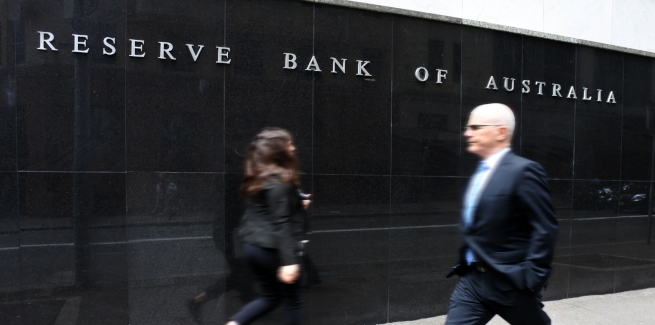The Reserve Bank of Australia (RBA) has cut the official cash rate to 1.25 per cent, following its monetary policy board meeting.
The central bank’s decision was predicted by most industry pundits, with comparison website Finder.com.au’s RBA Cash Rate Survey reporting that of the 35 market analysts and economists surveyed, 32 (91 per cent) predicted a cut.
The shift in expectations followed RBA governor Philip Lowe’s concession earlier this month that the board would “consider the case” for a rate cut in June, in light of flat inflation growth, subdued wage growth and weaker than expected labour market conditions.
Among those that correctly predicted a cut was AMP Capital chief economist, Shane Oliver, who observed: “Growth has slowed, inflation has slowed well below target, unemployment looks like it is now starting to rise when it needs to be falling to get inflation back up, and the RBA has recognised all of this and moved to an easing bias.”
However, some analysts were expecting the RBA to hold off until the domestic and global economic outlook was clearer.
Mark Brimble, professor in the Department of Accounting, Finance and Economics at Griffith University, observed: “Bias is clearly to the easing; however, the RBA may choose to wait for the new financial year for a range of reasons, including the finalisation of the budget bills, and how geopolitical issues play out on the global stage and markets.”
Most analysts are expecting the RBA’s June decision to be the first of several cash rate reductions in 2019.
The majority (59 per cent) of analysts surveyed by Finder have predicted two cuts this year, while 22 per cent forecasted three cuts before December.
Attention turns to mortgage rates
The market will be closely monitoring the response from lenders, with some doubting that savings will be passed on in full to mortgage holders.
Research director at Rate City, Sally Tindall, has said that lenders may look to recover losses incurred from weaker credit growth.
“Banks have been hiking rates since 2017 due to the high cost of funding, but this pressure has dissipated, so the next RBA cut should, in theory, be passed on in full,” she said.
“That said, it’s been a tough year for the banks in a slowing home loan market, so some lenders may choose to hold part of the cut back.”
However, CEO of InfoChoice Vadim Taube said he believes banks will have no choice but to move in tandem with the RBA in fear of a public backlash.
“The big banks are sometimes slow to pass RBA rate cuts onto borrowers, but following the Hayne royal commission and recent strong words from the Treasurer Josh Frydenberg, we expect all four big banks to quickly fall into line with the RBA’s rate movements.”
“We expect all the banks and other lenders to pass through any RBA rate cut in full.”
According to CoreLogic’s head of research, Tim Lawless, lower mortgage rates, along with APRA’s proposed changes to mortgage serviceability guidelines, and political stability from the outcome of the federal election, could trigger a rebound in the housing market.
“The latest rate cuts together with lower serviceability assessments for borrowers and greater confidence following the federal election should help to support an earlier than expected trough in housing values,” he said.
However, Mr Lawless expects continued income and expense scrutiny on prospective borrowers and economic conditions to offset the stimulus.
“[We] aren’t expecting a rapid reversal in house price declines due to ongoing tight credit policies and, more broadly, economic uncertainty as global trade tensions escalate,” he added.
[Related: 91% of pundits expecting RBA cut]
 ;
;
